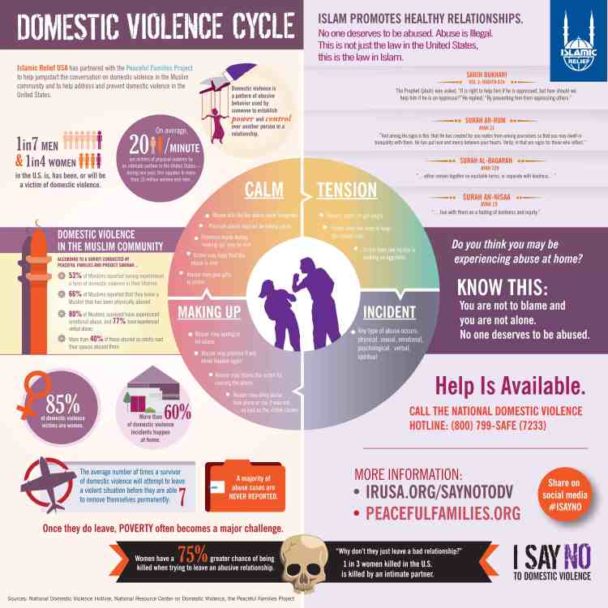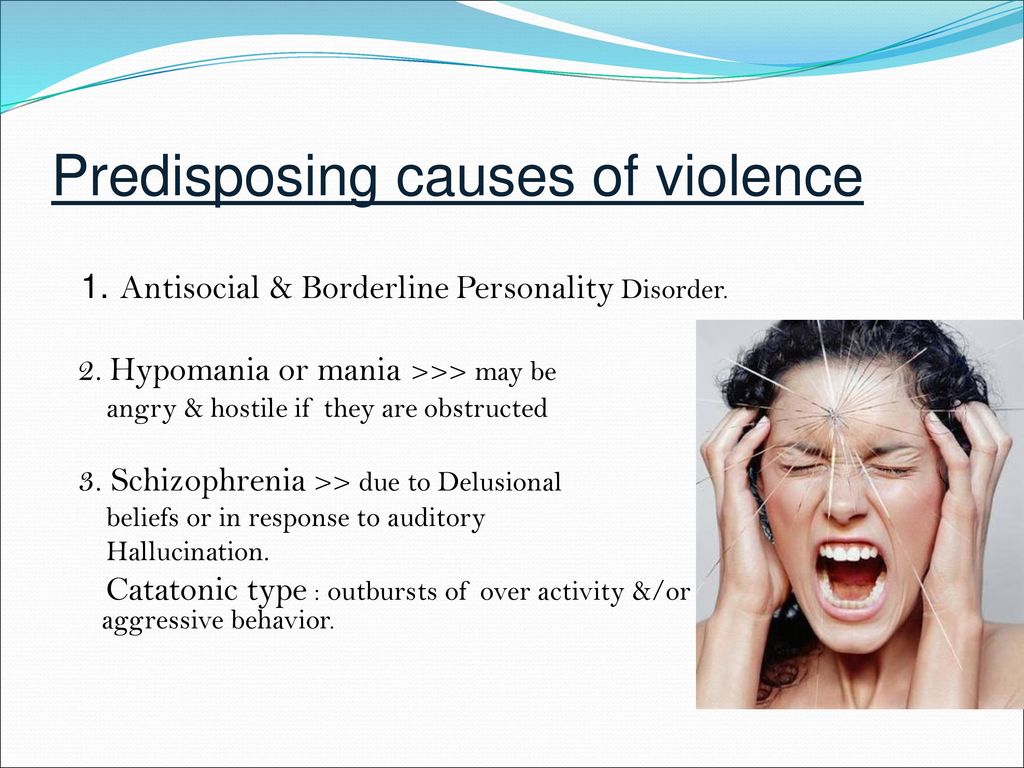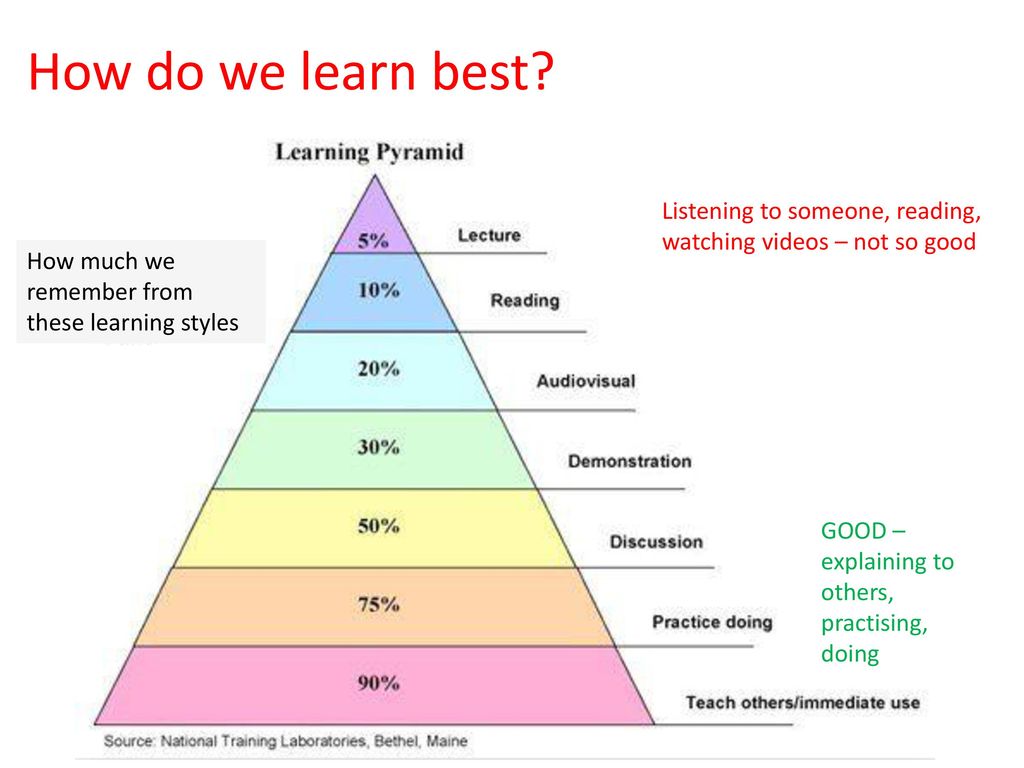Surface level relationships
17 Signs of Superficial Relationships You Need to Know
We’ve all been there: you’re out with your friends or at a party, and you meet someone new.
You start to chat, and before you know it, you’ve exchanged numbers, made plans to hang out, and maybe even talked about getting serious.
You may even have defined your relationship and met each other’s friends.
But then, the creeping fear sets in: are you really into this person, or are you just caught up in the novelty and excitement of a new relationship?
If you’re unsure, it could be that you are in a shallow, superficial relationship.
What’s In This Article?
What Are Superficial Relationships?
Superficial relationships are those that are based on little more than appearances.
People in these relationships typically care more about what others think of them and how they look together than about developing meaningful connections with their significant others.
They may be superficially friendly with a large number of people because they don’t invest the time or energy necessary to create deep, lasting bonds.
These relationships are often unstable and do not last long, leaving one or both parties feeling used, unfulfilled, and empty.
Why Do People Have Superficial Relationships?
There are numerous reasons why people opt for empty, superficial relationships.
From low self-esteem and a deep-seated fear of intimacy to a desire to appear popular or attractive, here are five reasons why someone might pursue these kinds of relationships.
- They’re afraid of getting hurt: When you don’t allow yourself to get close to someone, it’s impossible to get hurt by them, right? You may believe that keeping your connection on a superficial level will help you avoid the pain of rejection or abandonment. This defense mechanism often stems from a bad experience or a deep-seated fear of abandonment.
- They don’t think they are good enough: Low self-esteem can cause people to doubt their own worthiness of love and happiness.
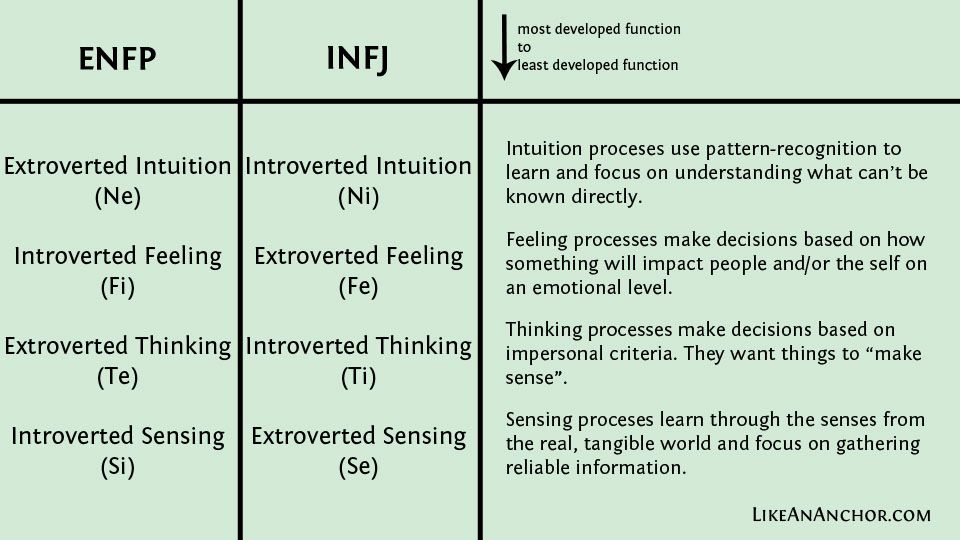 Consequently, they may believe they deserve nothing better than a superficial relationship.
Consequently, they may believe they deserve nothing better than a superficial relationship. - They’re afraid of commitment: People who are fearful of commitment often have trivial relationships unknowingly because they are unwilling to invest the time and energy required for a more meaningful connection. This way, they can avoid the vulnerability of being genuinely open and honest with another person, making it easier to end the relationship if they get scared or if things get too difficult.
- They’re narcissists: Narcissistic people are more likely to have simplistic relationships because they are only interested in people who will reflect their own positive image. They want to be seen as perfect and flawless and thus only associate with those who will help them maintain this persona.
- They’re trying to impress others: People-pleasers often find themselves in shallow relationships because their need to be liked and accepted by others outweighs their need for intimacy.
 They may be more worried about pleasing their partners and the people around them than about developing a real, meaningful connection.
They may be more worried about pleasing their partners and the people around them than about developing a real, meaningful connection.
For most of us, it’s quite easy to spot a superficial person. They are the ones who only care about appearances and surfacy things such as money and status.
But when it comes to relationships, things can be a little more complicated. We may not even realize we are in a shallow relationship until it’s too late.
If you suspect that you may be in a superficial relationship, but you’re not sure, here are 17 signs to look out for:
1. Your Relationship Is Based on Physical Attraction
Do you find yourself attracted to your partner solely because of their looks? Do you spend more time thinking about how hot they are rather than how great of a person they are? If you answered yes to these questions, then it’s likely that you are in a surfacy relationship.
While being physically attracted to your partner is essential, it should not be the only thing that keeps you together.
If it is, then your relationship will likely be unfulfilling, and you may find yourself constantly looking for someone else who meets your basic criteria.
2. You Don’t Know Much about Each Other
Do you know your partner’s favorite color, food, or hobby? What does your partner like when they are sad, moody, or feeling low? Do you know their hopes and dreams?
You’re probably in a superficial relationship if you’ve been together for a while and still can’t answer these questions.
For any relationship to be meaningful and fulfilling, both parties need to connect on a deeper level. This means being interested in each other’s thoughts, feelings, and experiences without judgment.
3. You Don’t Talk About Anything Important
When you’re with your partner, you may find that most conversations revolve around trivial topics such as the weather, what you will wear tonight, or who said what about whom.
You don’t talk about anything serious or meaningful because you’re afraid it will make things awkward.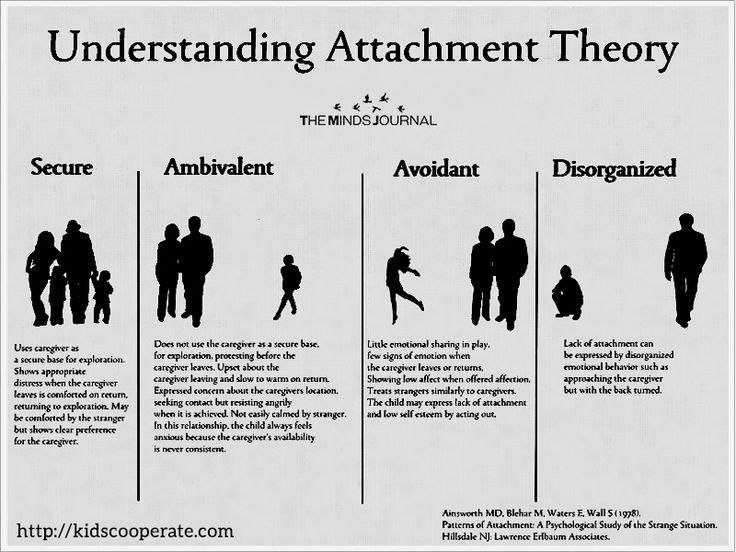
In a shallow relationship, both partners are usually afraid to open up and be vulnerable with each other. It leads to a lack of communication, which can eventually cause the relationship to break down.
4. There Are a lot of Lies and Half-Truths
A lack of emotional intimacy characterizes shallow relationships leading to a lot of lying and half-truths to keep the peace. For example, you may lie about how much you earn, what you did last weekend, or who you’re texting.
You may also lie by omission, which is when you withhold information from your partner. For example, you may not tell them about an ex you’re still in contact with or a hobby you don’t think they would approve of.
Lying and hiding the truth from your partner signifies that you’re uncomfortable with who you are. It’s also a sign that you don’t trust them enough to be honest with them.
5. You Don’t Have Any Shared Interests or Hobbies
Relationships are fuelled by commonalities, whether a love for the same sport or hobby or simply enjoying spending time together.
Finding things to bond over will be challenging if you don’t have anything in common with the person you’re dating, and your relationship will likely fizzle out eventually. It creates an overall shallow relationship that lacks depth and meaning.
6. You Keep Your Options Open
Are you holding on to the hope that someone better will come along? This hope could manifest itself in several ways, from regularly swiping through dating apps to constantly scouting out attractive strangers whenever you’re out and about.
You may even have a “backup” person you text or talk to when your partner is away and you feel bored or lonely.
If you constantly think that the grass is always greener on the other side, it could signify that you are a superficial person who prefers shallow relationships.
It may feel exciting at first to always have someone new on the horizon, but ultimately it’s just a way of avoiding intimacy and commitment. If you’re only ever focused on what’s next, you’re likely missing out on what’s right in front of you.
7. You Don’t Feel Like You Can Be Your True Self
When you’re in a shallow relationship, you might find yourself censoring what you say or how you act around your partner. You’re afraid to show them your true self because you’re afraid they won’t accept you.
Feeling accepted for who you are without judgment and criticism is a vital ingredient of a healthy relationship.
When you’re not your true self, the relationship is built on a false foundation, which can lead to a feeling of disconnection and, ultimately, its demise.
8. You Get Bored Easily
Do you find yourself quickly getting bored in your relationships? Do you often start to feel restless, like you need something more? If so, it’s probably because your relationship is superficial.
After all, when you’re only focused on the surface level of things, it’s natural that you would get bored quickly. There’s only so much you can learn about someone when you’re not really digging deep.
More Related Articles
Everything You Want To Know About A Karmic Relationship + 13 Signs You’re In One
Wondering If You Love Your Husband Anymore? 19 Scary-Real Signs You Don’t
Are You Being Taken For Granted In Your Relationship? 17 Ways To Put A Stop To It
9.
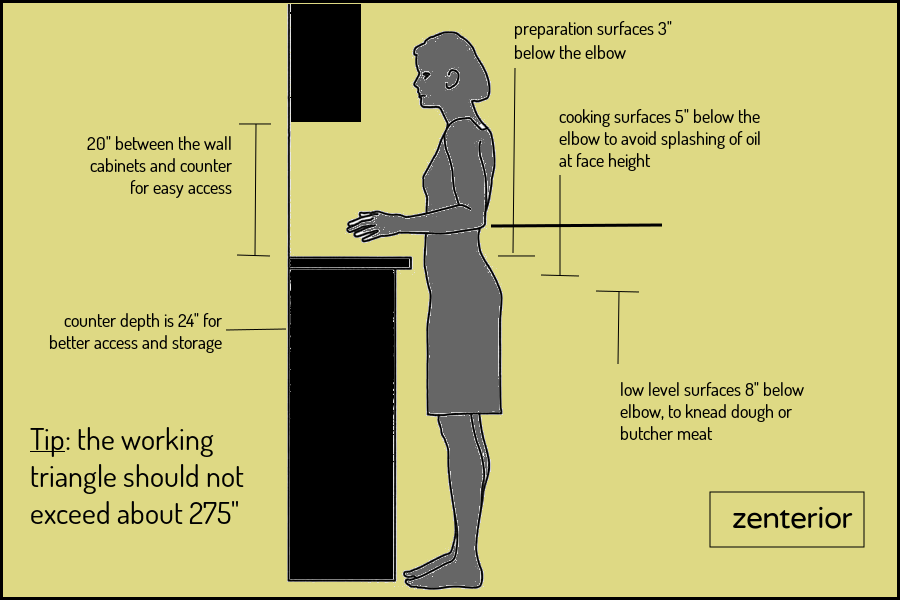 You’re Not on the Same Page About Your Relationship Status
You’re Not on the Same Page About Your Relationship Status“What are we?” It’s a question we’ve all asked at some point in our lives, usually when things start to get serious with someone we’re dating. But in shallow relationships, this conversation might never happen.
One person might be under the impression that you’re just casually seeing each other, while the other is convinced that you’re in a committed relationship. This mismatch in relationship status can lead to misunderstandings and hurt feelings down the road.
10. You Don’t Argue or Fight
Healthy relationships involve arguments and disagreements from time to time. You will bicker over little things and have the occasional big blowouts when you just can’t see eye to eye.
But at the end of the day, you will make up and be stronger for it.
Disagreements are normal in relationships. They mean that you’re both passionate about something and are willing to stand up for what you believe in.
But if you never argue or fight, it could signify that you’re not invested in the relationship.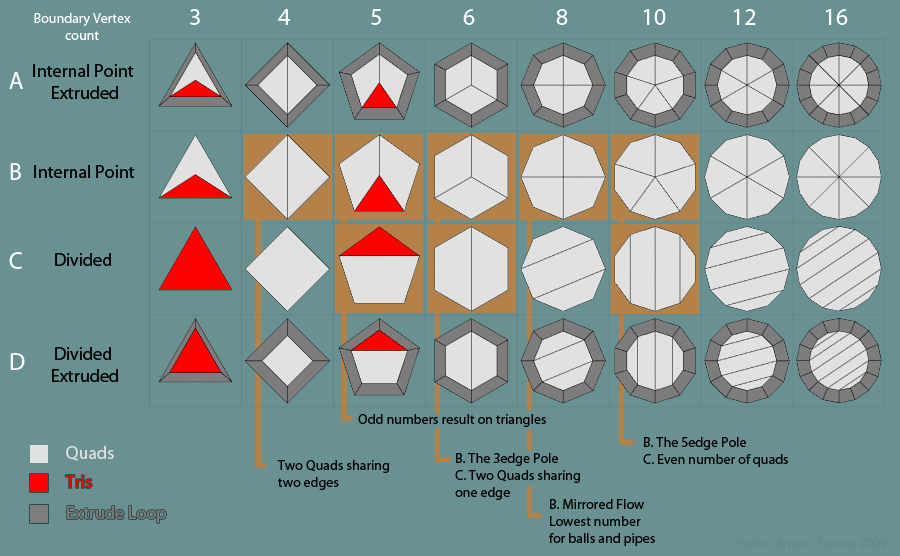 You may agree on everything because you don’t want to rock the boat. So you would rather just keep the peace than deal with any conflict.
You may agree on everything because you don’t want to rock the boat. So you would rather just keep the peace than deal with any conflict.
11. Your Partner Is Not Your Top Priority
In a superficial relationship, your partner will not be your top priority. They may not even make the top three. Your career, your friends, and your hobbies all come before them.
It’s a sign that you’re not invested in the relationship. You’re not willing to make the time or effort to get to know them better or make things work.
But in a healthy relationship, your partner will be one of your top priorities. They may not always make it to number one on your list, but they will definitely be up there. You will make time for them and put in the effort to keep things strong.
12. You Don’t Care About Their Needs
We all have needs in relationships, whether it’s attention, love, or support. When these needs are not met, it can often strain the relationship, leaving one or both partners feeling unfulfilled.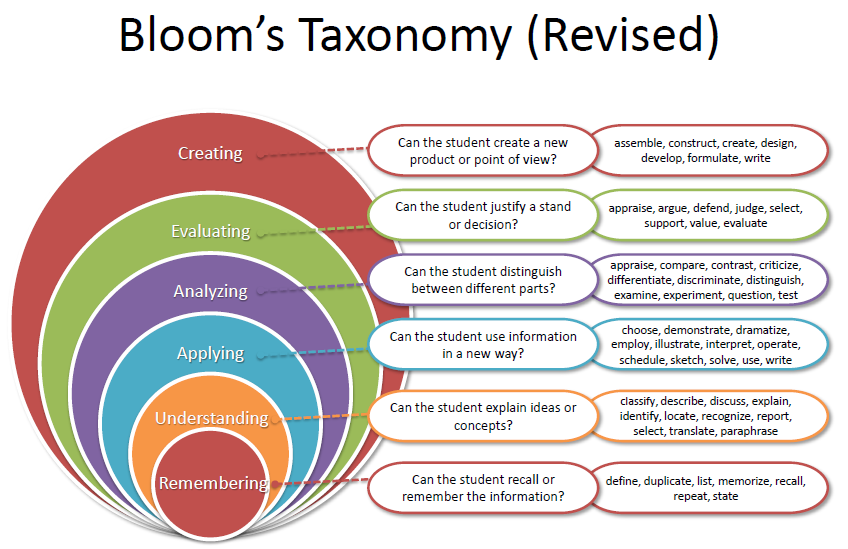
And because superficial relationships are built on what your partner can do for you and how they make you feel, rather than on a genuine connection, you likely won’t care about their needs.
All that matters is what they can do for you and whether or not they make you happy.
13. You’re Not Understanding or Patient With Them
Think about the people you genuinely love, like your family or friends. You probably understand them well.
You know what makes them tick and what their triggers are. You know how to make them laugh and how to make them feel better when they’re down.
You’re also quite compassionate with them and can see things from their perspective, even when you disagree with them.
Now, think about your relationship. Do you understand the person you’re with? Or do you just feel like you’re on different wavelengths? If it’s the latter, it could be a sign that your relationship is not very deep.
You probably don’t know much about each other’s inner thoughts, feelings, and experiences.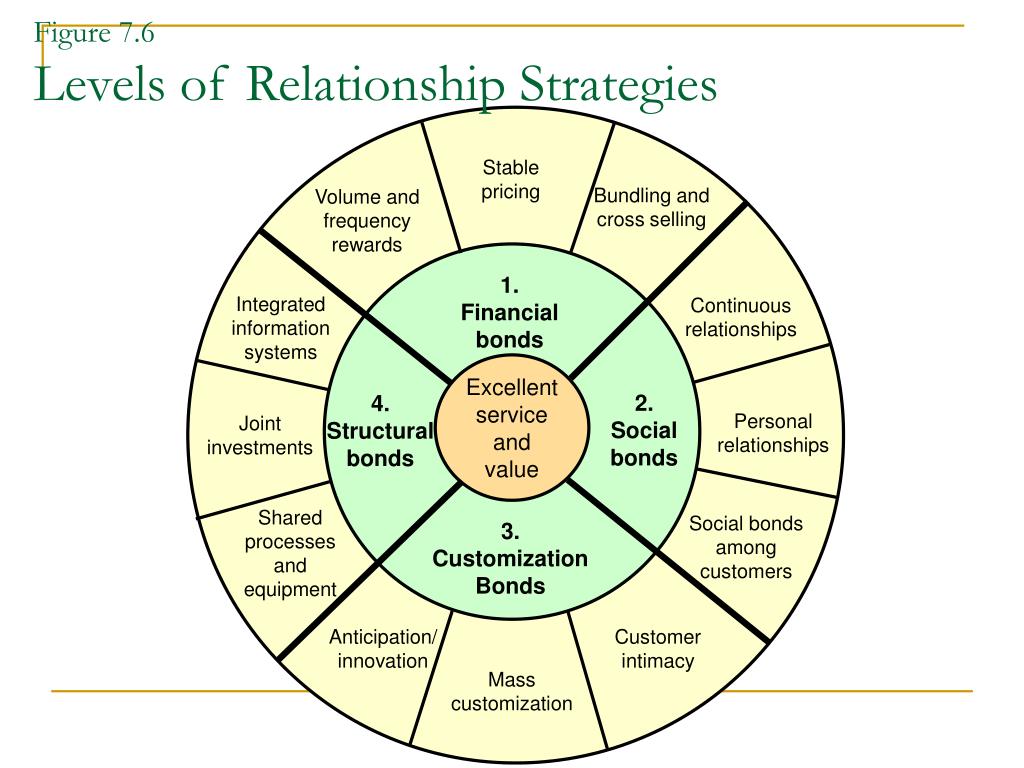 So you don’t have a deep connection.
So you don’t have a deep connection.
14. Lack of Emotional Intimacy and Communication
Because most surface-level relationships are based on, well, the surface, it’s no wonder communication is often lacking.
Couples in these types of relationships will avoid having difficult conversations about their relationship or feelings in general. Instead of communicating with each other about their needs, they will either go without them being met or go outside the relationship to fulfill those needs.
Avoiding difficult conversations can lead to a lack of emotional intimacy, which is essential for a strong and healthy relationship. Remember, couples need to feel safe enough to share anything and everything.
15. You’re Not Planning a Future With Them
Everyone says that when you find “the one,” you’ll just know. You can picture yourself with them long-term, and you’re excited about all the adventures you’ll have together, from taking a trip to Europe to thinking about the children you’ll have together.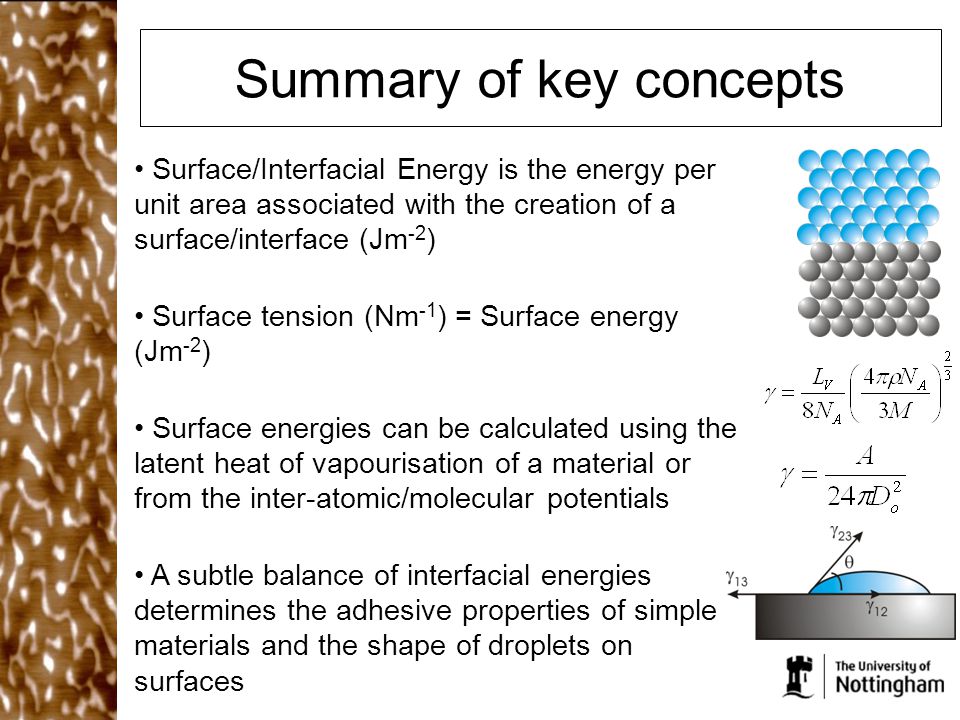
But when you’re in an empty relationship, the future is the last thing on your mind. You’re not thinking about what could be because you’re not invested in the relationship.
Shallow relationships are all about the present — there’s no depth, no substance, no real connection, and no tomorrow.
16. You Prefer Having an Open Relationship
Many experts will tell you that open relationships are a recipe for disaster. And while that may be true for some couples, it’s not necessarily the case for all. After all, there are plenty of people in successful open relationships.
But if you only prefer open relationships and casual hook-ups, it’s because you’re looking for something other than a committed and serious relationship. And that’s perfectly fine. Just don’t expect things to go any further than they are now if that’s the case.
17. You Forget Important Occasions
Do you ever forget your partner’s birthday or anniversary? What about other important occasions, like their graduation or the day you first met? If you do, it’s not necessarily a bad thing. After all, we’re all human, and we all make mistakes.
After all, we’re all human, and we all make mistakes.
But if you constantly forget these types of things, it could signify that your relationship is pretty superficial. After all, you’re not really invested in each other’s lives if you can’t even remember when important things happen.
How to Change a Surface-Level Relationship
Do you think you’re in a surface-level relationship? If so, don’t worry. There’s always room for improvement. Here are a few tips on how to change things:
- Talk to your partner about your concerns: If you’re worried that your relationship is getting a little too shallow, talk to your partner about it. They may not even realize that they’re doing anything wrong. Talking about things openly and honestly is the best way to improve any relationship.
- Try to get to know each other better: If you don’t know much about your partner, try to get to know them better. Ask them about their childhood, dreams, goals, and thoughts on important issues.

- Make an effort to spend more quality time together: Instead of just going through the motions, make an effort to spend some quality time together. Turn off your phones, put away your laptops, and focus on each other. You may be surprised at how much you have to say to each other once you start paying attention.
- Seek therapy: If you’re struggling to improve things on your own, it may be time to seek professional help. A therapist can help you and your partner communicate more effectively and work through any underlying issues that may be causing problems in your relationship.
Final Thoughts
A superficial relationship can be fun and exciting, but it’s not usually the type of relationship that lasts long-term. If you’re looking for something more serious, it’s essential to make sure that you’re focused on more than just the surface level.
Trying to get to know each other better and spending more time together can help improve things.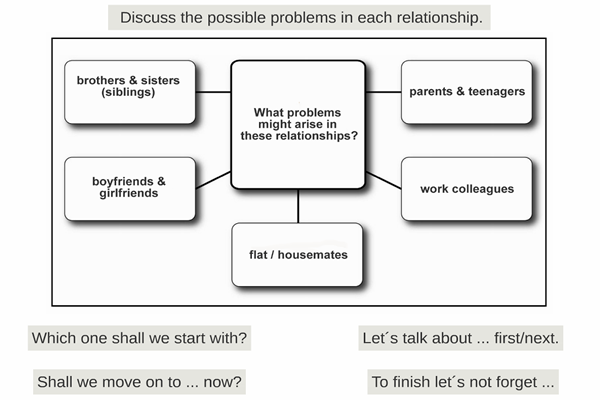 And if you’re struggling, don’t hesitate to seek professional help.
And if you’re struggling, don’t hesitate to seek professional help.
15 Signs of a Superficial Relationship
In the modern age, there are several types of relationships even in the context of romance and love. But what kind of romantic relationship are you in?
Are you questioning whether you’re in a superficial relationship?
You may even be wondering what is a superficial relationship? Maybe you’re confused about how serious your relationship is. It’s alright.
These questions can easily arise in romantic relationships. It happens.
A big reason why you might find yourself reading this article is that you’d like your relationship to be serious before you begin investing your energy or time.
Or maybe you’d really like to take the next step of commitment with your boyfriend or girlfriend or partner.
To navigate your way through concepts like superficial relationship definition, superficial relationship examples, superficial relationship meaning, the signs of surface-level relationships, and more, just read on!
A superficial relationship: What is it?First things first, let’s address the meaning of a superficial relationship.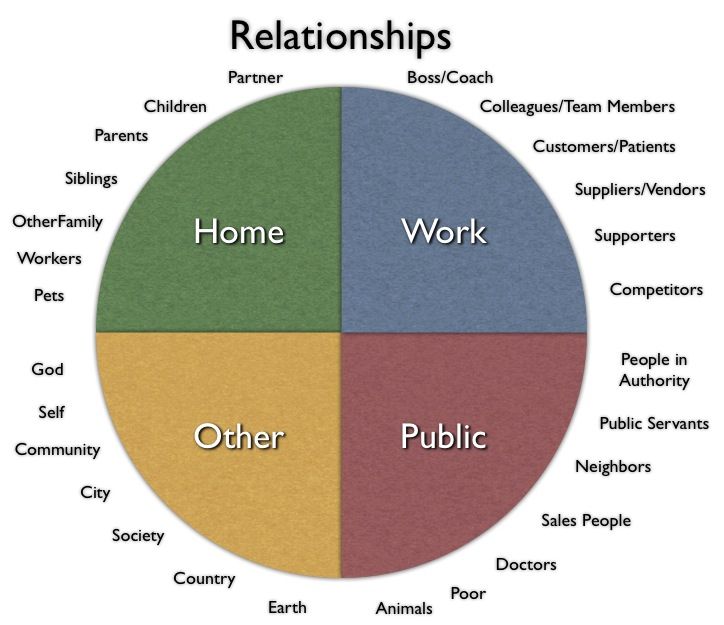 A relationship that isn’t serious or isn’t taken seriously by one or both partners is a superficial relationship.
A relationship that isn’t serious or isn’t taken seriously by one or both partners is a superficial relationship.
From the very name of such a type of relationship, the bonding or intimacy of such relationships is wholly on the surface level. Such relationships are almost entirely based on physical attractiveness.
Some of the main motives of such relationships are to just have fun-filled times together and sexual intimacy is usually as far as it goes in terms of proximity and connection.
The lack of the desire for long-term commitment is present for either both partners or just one partner. It’s important to learn about such relationships because things can get very awkward and upsetting if one partner wants more out of the relationship, but the other partner doesn’t.
An easy example of a superficial relationship is sort of like the ones you may have had as a young teen. Those “spring flings” are a great example of relationships that are short-term and based on physical attractiveness.
Simply put, superficial relationships lack depth unlike relationships based on love. Such relationships do progress beyond a one-night stand situation but don’t extend beyond sleeping together.
20 tell-tale signs that a romantic relationship is superficialNow that we’ve covered what does superficial mean in a relationship, let’s move on to the signs including some of the things you might hear your partner say to figure out whether you’re in a superficial relationship:
1. Lack of intimacy beyond sexual intimacySex is important in romantic relationships. However, in serious relationships, it’s not the only important aspect. For superficial relationships, it’s different. Sex is probably the only important aspect of that connection. In fact, the connection may just be physical and/or sexual.
As already mentioned, superficial relationships are sort of like a fling where you or your partner may be drawn to each other based on how physically attractive you perceive each other to be. So, superficial relationships involve a lot of sexual intimacy.
So, superficial relationships involve a lot of sexual intimacy.
Related Reading: How a Lack of Physical Intimacy Can Hurt Your Marriage2. It just feels convenient
What comes to your mind if you’re asked why you’re with your beloved? Is it because the relationship with your partner just feels “convenient”. If convenience is the first thing that occurs to you or the first thing that occurs to your partner when asked about the relationship, it may superficial by nature.
There is a certain component of safety when it comes to superficial relationships. You may find your partner to be helpful in your life and vice-versa. Maybe either or both of feel that your basic needs (physical and sexual) are being met and that you don’t require any emotional fulfillment from it.
3. An on-again-off-again situationAnother sort of indirect sign of a superficial relationship is that you and your partner have broken up and patched up multiple times. Basically, you’re in an on-again-off-again sort of relationship. Ask yourself why either of you keep coming back to each other?
Basically, you’re in an on-again-off-again sort of relationship. Ask yourself why either of you keep coming back to each other?
One of the reasons for this breakup and makeup cycle may be due to one of the partners pushing for commitment and the other backing out.
4. Friends with benefitsThis is another one of the key signs of a superficial relationship. If you or your partner believe that you’re both single and just mingle with each other when you want to have sex, then you’re basically friends with benefits.
There’s no dating, no meeting outside the living space to just hang out, no deep conversations, no getting to know each other in a ‘friends with benefits’ situation. It’s just sex.
Also Try: Do You Have Friends with Benefits quiz5. Withholding information
Another subtle sign of superficial relationships is the habit of withholding information from each other. This is not to suggest that your partner may be doing this intentionally. They may just not think it’s important to share information with you about their life, work, loved ones, their feelings for you, and so on.
They may just not think it’s important to share information with you about their life, work, loved ones, their feelings for you, and so on.
The unwillingness or the idea that it’s not important to talk to one’s partner is a subtle sign that your partner may be considering the relationship to be a short-term, surface-level relationship.
6. Lack of communicationThink about the kind of conversations that you have with your partner. What do you both talk about and how often do you communicate with each other? Is the communication regular, direct, and open? Do you both talk about your feelings or your thoughts or your aspirations?
The reason that you’re reading those questions and wondering about the answers is that in superficial relationships, communication (both non-verbal and verbal) is lacking. This is not to say that the partners don’t communicate at all. No. They do. But it lacks depth and regularity.
Related Reading: 3 Detrimental Effects of Lack of Communication in Marriage
Here’s how you can fix a lack of communication in your relationship:
7. No discussions about the futureOne of the top signs of a superficial person and a surface-level or casual relationship is that the partners don’t have any conversations about the future.
If you have brought up conversations about the future of the relationship quite a few times but your partner has deflected the conversation or hasn’t answered, it may be because the relationship isn’t serious to them.
8. Out of sight and out of mindA common aspect of being in love or sharing a strong friendship with someone is that you do think about them even when they aren’t physically present or talking to you (on the phone, text, video call), right?
But if you notice that either you or your partner do not think about each other (for even a few fleeting moments) when you’re not physically present with each other, it may be because of the superficial nature of the relationship.
Because a superficial relationship lacks the scope for deep conversations about feelings, fears, thoughts, ideas, etc., there is a natural gap in understanding each other.
Think about this: does your partner really know much about you or understand you? Do you feel understood? If not, it may not be very serious.
Related Reading: How to Improve Understanding in a Relationship10. Not caring about the other’s needs
Since there is an overall lack of communication and lack of emotional connection, the desire to care for each other’s needs is also absent in superficial relationships.
In superficial relationships, partners don’t really talk much or enough with each or spend enough time together or even gauge each other needs or desires.
11. Trivial argumentsAn indirect indication of the fact that you may be potentially in a relationship that is superficial is if you notice that the kind of arguments that you have with your partner are trivial in nature.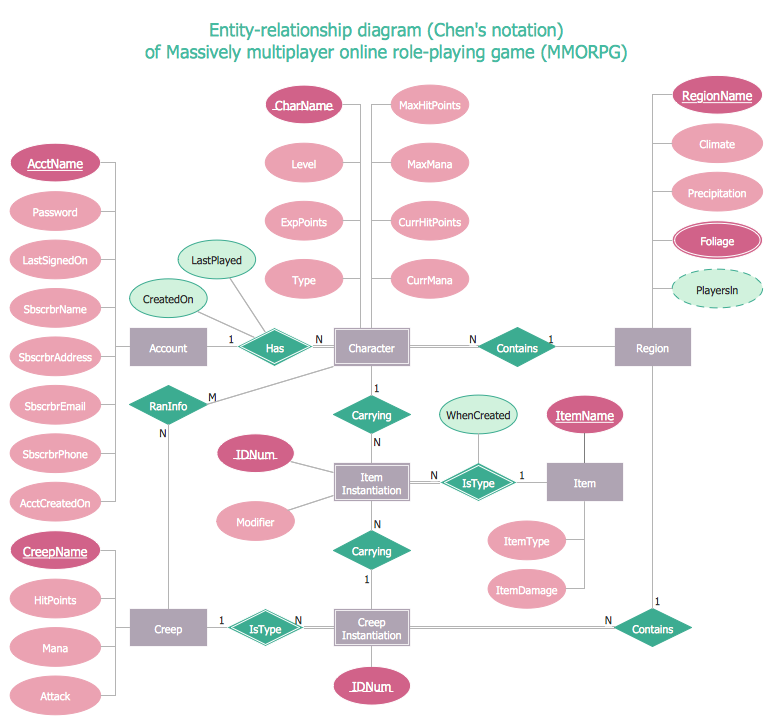
A serious relationship based on love comes with a fair share of giving and taking. This happens because it is impossible for two individuals to always see eye-to-eye in all situations. But the topic of arguments is more diverse and requires compromises and sacrifices.
However, in superficial relationships, the topics are trivial and immature.
12. Absence of shared valuesIn a superficial relationship, either one or both partners spend time together to primarily have fun and chill together. There’s also the possibility of having sex.
But when the fun is always the key motive, there isn’t much scope to observe, talk about, or verify the values of your partner and vice-versa. That’s why superficial relationships, unfortunately, lack the presence of shared values.
13. Rampant lyingThink about the people whom you deeply care for and respect. Do you find yourself frequently lying or withholding information from them? Probably not, right?
It’s because when it comes to your loved ones, you wouldn’t think it’s right or even necessary to lie to them if you don’t want to spend time with them sometimes, right?
However, in superficial relationships, you may find yourself on the receiving end of very lame excuses in case you’ve proposed to hang out with your partner, but they don’t want to.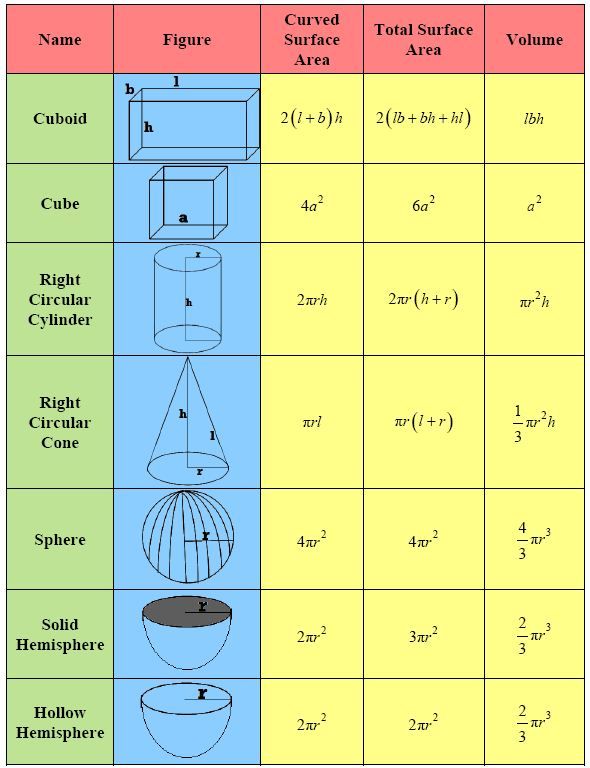
Because your partner may perceive the relationship to be superficial, they may not feel comfortable being honest with you.
14. The attraction that is based solely on looksUnfortunately, a surface-level relationship is based on how physically attractive two (or at least one) people find each other. As already mentioned, superficial relationships are a lot like crushes or flings.
It’s also important to remember that sex or sexual intimacy and having fun together are the main motives for superficial relationships so the main “chemistry” or attraction from at least one partner is just based on looks.
15. Having an open relationshipNow, this is not to say that all open relationships are superficial relationships. No. Absolutely not.
The point here is that if you’ve heard your partner opine that they wouldn’t mind if you dated someone else or slept with someone else while being with them, it can be indicative of the fact that they aren’t serious about the relationship.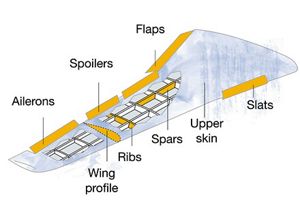
Related Reading: 20 Pros and Cons of an Open Relationship16. No marriage conversations
This is very specific. If you’ve brought up the possibility of marriage (even tentatively) and you’ve noticed that your partner has indicated that they’re not at all interested in marriage and haven’t at all thought about it, they may not be serious about the relationship.
17. Lack of emotional connectionAs superficial connections lack regular communication and depth, there is hardly any scope for vulnerability from either partner.
And if partners aren’t vulnerable with each other, there, unfortunately, won’t be any emotional connection. All this stems from the lack of interest in getting to know each other better.
Related Reading: How Important Is An Emotional Connection In A Relationship?18. No shared interests
Usually, superficial relationships don’t involve the partners spending a lot of quality time together apart from the time spent on sexual intimacy and physical intimacy. Therefore, going out to do activities together, talking about each other’s passions or interests is a rarity.
Therefore, going out to do activities together, talking about each other’s passions or interests is a rarity.
This is hurtful but quite a direct sign that your partner may not be serious about the relationship. Forgetting important occasions like anniversaries, birthdays, important social events, repeatedly and not just once or twice, is a sign that they may just be with you for fun and nothing serious.
20. Only meeting for sexThis is different from the friends with benefits situation. This sign is subtle. Think about where you both hang out. Is it either at their place or your place and is it only to have sex? Then this connection may just be superficial.
Are most romantic relationships superficial by nature?Although it is difficult to say whether most romantic relationships are superficial, it is quite simple why you may be wondering why people have superficial relationships.
Firstly, it depends on the motives of people. If you’re at a place in your life where you don’t feel the need for emotional connections and you wish to have your physical or sexual needs met, a superficial relationship is what you may choose.
If you’re at a place in your life where you don’t feel the need for emotional connections and you wish to have your physical or sexual needs met, a superficial relationship is what you may choose.
However, apart from mindfully making this choice to have a few casual relationships, people often find themselves unknowingly involved in superficial relationships.
This happens because people usually want their partners to make those first moves or show interest.
Apart from that, poor communication skills, excessive criticism, self-centered motives, and getting caught up in playing the blame game are some other reasons that people unknowingly end up in surface-level relationships.
TakeawaySuperficial relationships have a tendency to break because a strong bond did not get established in the first place. If you wish to have a serious relationship, it’s worthwhile to consider doing a course on how to have a serious romantic relationship. You may even consider some counseling.
Chapter 9. Hydrostatics
To solve problems in hydrostatics, you need to know the definitions of density and pressure, be able to find the pressure in a fluid at rest due to the attraction of this fluid to the Earth (hydrostatic pressure), and also find the forces with which fluids act on immersed in their bodies (the force of Archimedes). Let us briefly formulate these definitions and laws.
The density of a body is the ratio
|
| (9.1) |
where is the mass of the body, is its volume. Obviously, relation (9.1) has the meaning of the mass per unit volume of the body. If the body is homogeneous, then the density (9.1) is not a characteristic of the body, but of the substance of which it consists. Indeed, for bodies consisting of the same substance, the mass is proportional to the volume, and the ratio (9.1) is the same for all these bodies.
To characterize the effect of a liquid or gas on the walls of vessels, the concept of pressure of a liquid or gas is introduced, which is defined as the ratio of the force acting on an element of the vessel wall from the side of the liquid or gas, to the value of the area of this element:
|
| (9. |
An important property of pressure is the circumstance that although it is defined in terms of the area element of the vessel wall, pressure (9.2) does not depend on this element, but is a characteristic of only liquid or gas. Indeed, the force acting from the side of the liquid on the element of the area of the bottom of the vessel or the wall of the vessel is proportional to the area of this element, and therefore the ratio (9.2) does not depend on. Note that although pressure is defined in terms of a vector quantity, force, pressure is not a vector quantity. As experience shows, relation (9.2) does not depend not only on the size of the area , but also on its orientation in space. In other words, the fluid, when compressed, exerts an impact in all directions. The last statement speaks of the non-vector nature of the pressure and is called Pascal's law.
In a liquid located in a vessel in the field of gravity, due to its attraction to the Earth, pressure arises.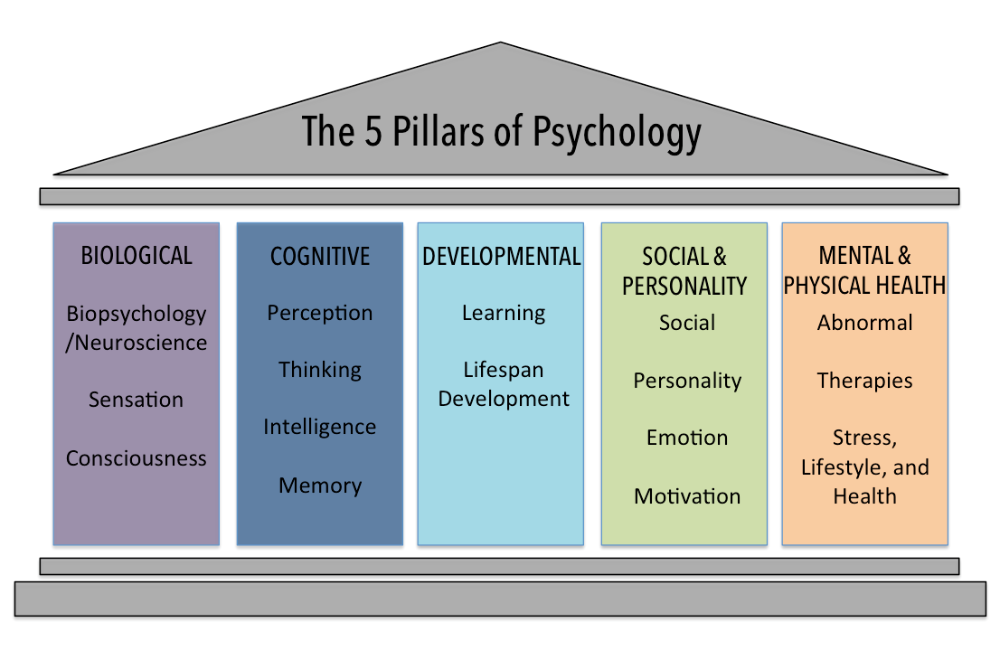 This pressure is called hydrostatic. It can be proved that the hydrostatic pressure of a liquid does not depend on the shape of the vessel in which it is located, but depends only on the depth. The hydrostatic pressure of the density fluid at depth is
This pressure is called hydrostatic. It can be proved that the hydrostatic pressure of a liquid does not depend on the shape of the vessel in which it is located, but depends only on the depth. The hydrostatic pressure of the density fluid at depth is
|
| (9.3) |
where is the free fall acceleration. If atmospheric air acts on the surface of the liquid, then the pressure of the liquid at depth will be the sum of atmospheric pressure and hydrostatic pressure (9.3).
Due to the dependence of the hydrostatic pressure of a liquid on depth, there is a peculiar effect of pushing bodies immersed in a liquid out of this liquid. Indeed, in a fluid in the field of gravity, hydrostatic pressure arises, and the fluid acts on the surface of the body lowered into the fluid. In this case, the forces acting on the lateral surfaces of the body compensate each other. However, due to the dependence of hydrostatic pressure on depth, the force acting on the deeper (lower) surface of the body is greater than the force acting on the upper surface (see figure), and the resultant force acting vertically upwards acts on the body. This force is called the buoyant force or the Archimedes force. It can be proved that a body completely immersed in a liquid is subjected to a buoyant force
This force is called the buoyant force or the Archimedes force. It can be proved that a body completely immersed in a liquid is subjected to a buoyant force
|
| (9.4) |
where is the density of the liquid, is the volume of the body. If the body is not completely immersed in the liquid, then the buoyant force is also determined by formula (9.4), but instead of the volume of the body, it includes the volume of the part of the body immersed in the liquid.
With the help of formula (9.4) it is possible to establish the condition of floating bodies. The body will float if the force of Archimedes is greater than the force of gravity acting on the body
|
|
where is the density of the body. From here we get that the body floats if the density of the liquid is greater than the density of the body
|
| (9. |
Let us now consider the problems.
In problem 9.1.1 using formula (9.3) for hydrostatic pressure we find
|
|
(the answer is 4 ).
Since the height of the liquid levels in the vessels (in problem 9.1.2 ) and their densities are the same, the liquid pressure near the bottom of both vessels is the same (answer 3 ).
In problem 9.1.3 the pressure of the liquid near the bottom of the vessels is the same (the density and level of the liquids are the same), therefore the force acting on the bottom is greater for the vessel whose bottom area is larger, and less for the one whose bottom area is smaller. Therefore (the correct answer is 2 ).
To find the force acting on a small surface within a fluid, find the hydrostatic pressure of the fluid at the depth of the surface in question and multiply this pressure by the surface area.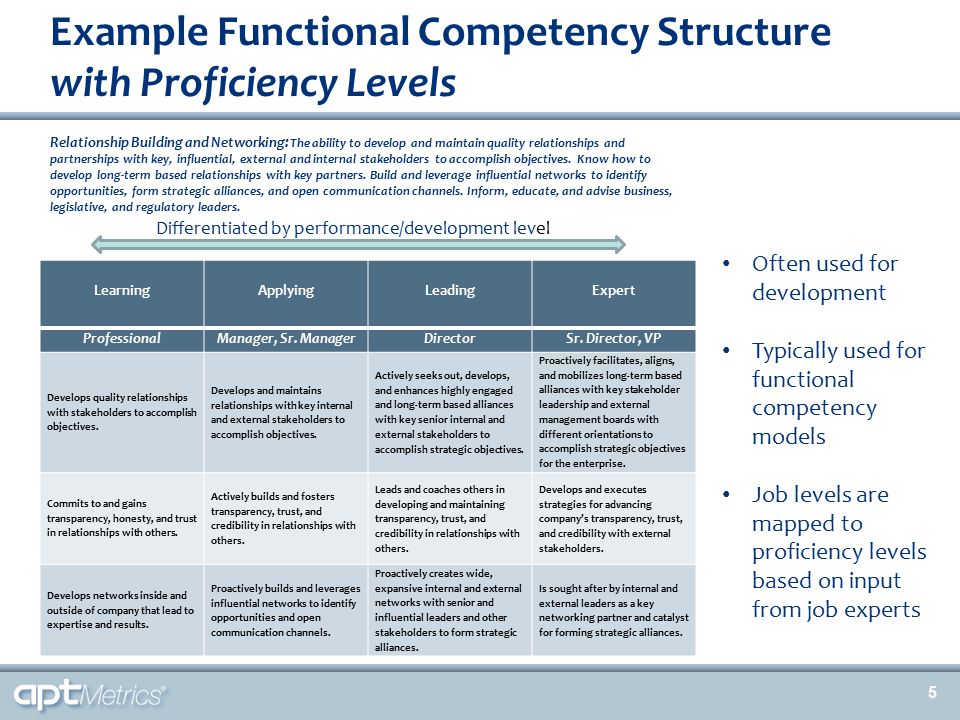 Therefore, for the crane from of task 9.1.4 we get
Therefore, for the crane from of task 9.1.4 we get
|
|
(answer 4 ).
Household pump ( task 9.1.5 ) lifts water due to the excess pressure it creates. It is clear that the water in the pump tubes will rise until its hydrostatic pressure compensates for the overpressure of the pump. Therefore, the pump will be able to lift the water to the next height
|
|
0097 ).
Since the bars in problem 9.1.6 are made of the same material, they have the same densities, and therefore the ratio of their masses is equal to the ratio of their volumes. And since the volume of the second bar is four times the volume of the first, then its mass is also four times the mass of the first, i.e. equals 40 g (answer 3 ).
Let the size of the smaller edge of the bar in problem 9.1.7 be .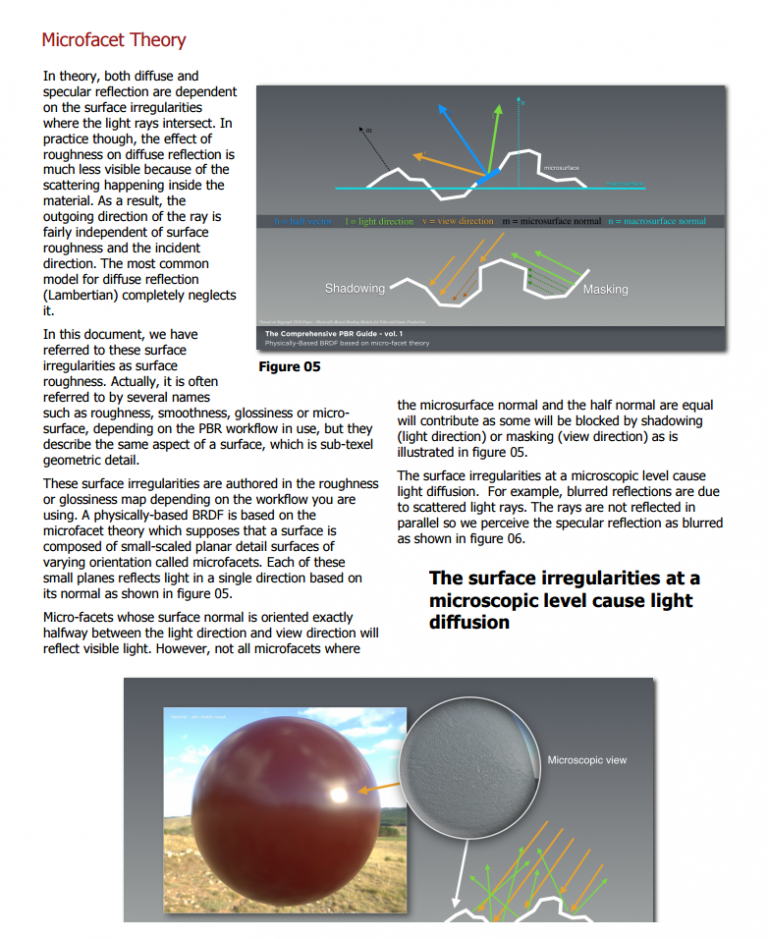 Then the dimensions of the other sides are and . Therefore, the areas of the faces of the bar are , and . Therefore, the pressures of the bar on the table when it lies on different faces are equal (starting from the smallest):
Then the dimensions of the other sides are and . Therefore, the areas of the faces of the bar are , and . Therefore, the pressures of the bar on the table when it lies on different faces are equal (starting from the smallest):
|
|
i.e. relate to each other in the same way as the lengths of the sides 1:2:3 (answer 1 ).
In communicating vessels, the fluid is in such a position that its pressure in both legs is the same. Therefore, in problem 9.1.8 we have using the formula for hydrostatic pressure
|
|
From here we find
|
|
(the correct answer is 4 ).
Since the density of sodium is 950 kg/m 3 ( task 9.1.9 ) is less than the density of water 1000 kg/m 3 , sodium floats on the water surface (answer 1 ).
The ice floe ( task 9.1.10 ) is affected by the force of gravity and the force of Archimedes. The equilibrium condition for the ice floe gives
|
| (1) |
where is the density of water, is the volume of the submerged part of the ice floe, is its mass. Since, where is the density of ice, is the volume of the ice floe, from formula (1) we obtain
|
|
From here we find that the ratio of the volume of the part of the ice floe submerged in water to its volume is equal to the ratio of the densities of ice and water
|
|
(answer 2 ). Thus, nine-tenths of a floating ice floe is under water.
Since the body in problem 9.2.1 floats in a liquid, the Archimedes buoyancy force is equal to the force of gravity acting on the body - 10 N (answer 1 ).
The weight of the body is the force with which the body acts on the support (support reaction force). A body completely submerged in water is affected by gravity, the Archimedes buoyancy force, and the reaction force. For the reaction force (body weight) from the equilibrium condition of the body we have
|
|
where and are the densities of the fluid and the body, is the volume of the body (we draw the reader's attention to the fact that, according to this formula, the weight of the body in the fluid decreases). From here we find
|
|
( task 9.2.2 - answer 3 ).
From the equilibrium condition of a box floating on the water surface ( task 9.2.3 ), it follows that the force of gravity is equal to the Archimedes force , where is the mass of the body, is the density of water, is the volume of the immersed part of the box, which can be expressed in terms of the area of the bottom of the box and the depth of its immersion in water cm 3 . From here we get for the mass of the box = 500 g (answer 2 ).
From here we get for the mass of the box = 500 g (answer 2 ).
When solving problem 9.2.4 schoolchildren often make a mistake, saying that the buoyancy force is zero, since a ball filled with air, while in the air, will not “float”. The last statement is, of course, correct, but the first is not. A ball filled with air does not "float" in the air, not because the buoyancy force does not work, but because it is less than the force of gravity. The buoyant force acts on the body from the side of a liquid or gas and can in no way depend on what is inside this body, air or, for example, helium, with which the ball would float. For the buoyant force, we have, according to the law of Archimedes H (answer 1 ).
The following forces act on the float from of problem 9.2.5 : gravity , Archimedes , line tension (see figure). Using the standard expression for the Archimedes force (9.4), we obtain from the equilibrium condition of the float
|
|
where is the density of water, and are the mass and volume of the float.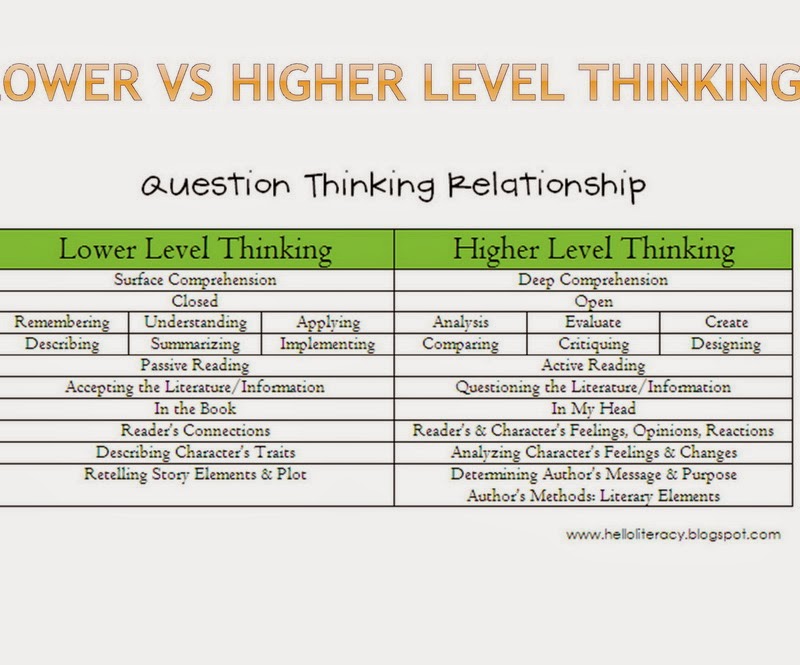 Expressing the mass of the float in terms of its density and volume, and taking into account that, according to the condition, the density of water is twice the density of the float, we get 10 N (answer 1 ).
Expressing the mass of the float in terms of its density and volume, and taking into account that, according to the condition, the density of water is twice the density of the float, we get 10 N (answer 1 ).
In problem 9.2.6 a lot of extra data is deliberately given. Since the ball floats in both water and kerosene, the Archimedean force in both cases balances the gravity of the ball (answer 2 ).
Despite the fact that the body in problem 9.2.7 does not touch the bottom and walls of the vessel, the total force acting on the left scale pan will increase. Indeed, when a body is lowered into water, an Archimedes force arises, acting from the side of the water on the body, but at the same time the body also acts on the water, and this force is directed vertically downward and is equal to the Archimedes force. In order for the scales to remain in balance, it is necessary to put such a load on the right scale pan, the gravity force of which is equal to this force, i. e. load with mass , where is the density of water, is the volume of the body. And since the density of the body, by condition, is four times greater than the density of water, then (answer 1 ).
e. load with mass , where is the density of water, is the volume of the body. And since the density of the body, by condition, is four times greater than the density of water, then (answer 1 ).
To find the pressure of a fluid in which certain bodies float, there is the following method. If you mentally remove the body from the liquid and fill the vacant place with the same liquid, then the forces acting from the side of the liquid on the walls of the vessel do not change. Indeed, a force acts on a floating body from the side of the liquid and from the side of the body on the liquid, where is the density of the liquid, is the volume of the part of the body immersed in the liquid. Thus, the body acts on the liquid with the same force with which a liquid would act on it, occupying the volume of a part of the body immersed in water. Therefore, if the body is pulled out of the liquid and the vacated place is filled with liquid, then the level of the liquid does not change, and all the forces acting inside the liquid do not change either. Therefore, if a body floats in a liquid, then regardless of the parameters of this body (mass, density, volume), the pressure of the liquid at depth is , and is measured from the surface of the liquid with the body floating in it. So at task 9.2.8 it is necessary to find how much the water level in the vessel will rise, and then the excess hydrostatic pressure near the bottom associated with this increase in the level. Obviously, in a cylindrical vessel with a cross-sectional area, the water level will rise by such an amount that , where is the volume of the part of the body immersed in water. Finding the value from the equilibrium condition of the body and the law of Archimedes, we obtain . Therefore, the hydrostatic pressure of water near the bottom will increase by the value (answer 1 ).
Therefore, if a body floats in a liquid, then regardless of the parameters of this body (mass, density, volume), the pressure of the liquid at depth is , and is measured from the surface of the liquid with the body floating in it. So at task 9.2.8 it is necessary to find how much the water level in the vessel will rise, and then the excess hydrostatic pressure near the bottom associated with this increase in the level. Obviously, in a cylindrical vessel with a cross-sectional area, the water level will rise by such an amount that , where is the volume of the part of the body immersed in water. Finding the value from the equilibrium condition of the body and the law of Archimedes, we obtain . Therefore, the hydrostatic pressure of water near the bottom will increase by the value (answer 1 ).
It follows from the equilibrium condition of a floating body that its mass is equal to the mass of water in the volume of the submerged part of the body. . Therefore, the total mass of water and a wooden body in one bucket and the total mass of water and a foam body in another in problem 9. 2.9 is equal to the mass of water in a full bucket, i.e. the same in both buckets. Therefore, the correct answer in this problem is 3 .
2.9 is equal to the mass of water in a full bucket, i.e. the same in both buckets. Therefore, the correct answer in this problem is 3 .
|
|
When inside the plate of problem 9.2.10 insert a denser body, there is an additional gravitational interaction between the fluid and the plate. If before that, each element of the fluid was subjected to a gravitational force directed vertically downwards, then after that an additional force appears, directed towards the center of the body (see the figure, which shows the forces acting on the selected element of the fluid). What consequences for the location of the liquid on the stove will this lead to? It is easy to imagine that the liquid level in the area above the body will rise. Indeed, the surface of a liquid is always located perpendicular to the applied forces (otherwise the liquid will flow), so it will be located as shown in the figure. In other words, a more massive body inserted inside the plate, due to the additional gravitational interaction, will “pull” the liquid from all sides, and its level above the body will rise. Therefore, the correct answer in the problem is 3 .
Therefore, the correct answer in the problem is 3 .
I. General Provisions \ ConsultantPlus
I. General Provisions
on high.
2. The requirements of the Rules apply to employees and employers - individuals or legal entities that have entered into labor relations with employees performing work at height (hereinafter referred to as employers, employees).
3. Work at height includes work in which:
a) there are risks associated with a possible fall of an employee from a height of 1.8 m or more, including:
when an employee climbs to a height of more than 5 m , or descending from a height of more than 5 m on a ladder, the angle of inclination of which to the horizontal surface is more than 75 °;
when working on sites at a distance of less than 2 m from unprotected drops in height of more than 1.8 m, and also if the height of the protective fence of the sites is less than 1.1 m;
b) there are risks associated with a possible fall of an employee from a height of less than 1.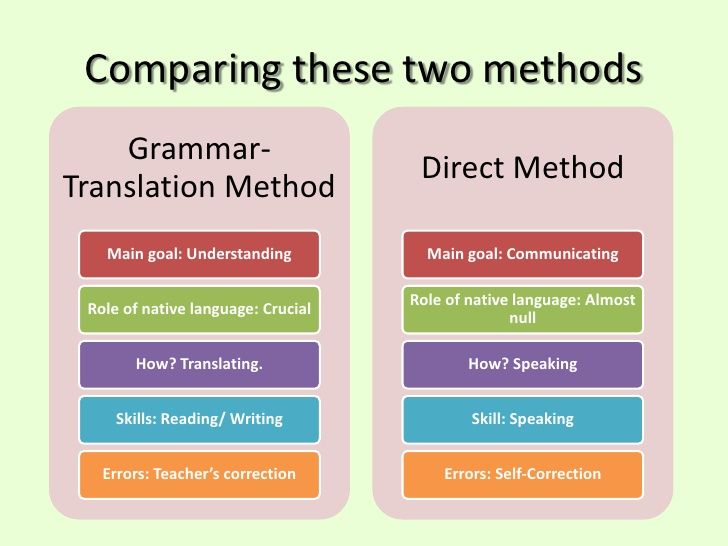 8 m, if work is carried out on machines or mechanisms, the surface of a liquid or loose fine materials, protruding objects.
8 m, if work is carried out on machines or mechanisms, the surface of a liquid or loose fine materials, protruding objects.
4. The employer, based on the specifics of their activities and the characteristics of the object, is obliged, as part of the occupational risk management procedure of the labor protection management system (hereinafter referred to as the OSHMS), to assess occupational risks associated with a possible fall of an employee from a height in accordance with the classification of work at height specified in paragraph 3 of the Rules.
Work classified by the employer as work at height must be taken into account in local OSMS documents.
5. In order to ensure the safety of employees, the employer must, if possible, avoid working at heights.
6. If it is impossible to exclude work at height, the employer must ensure the implementation of OSMS measures to reduce the established levels of occupational risks associated with a possible fall of an employee, including by using the following engineering (technical) methods to limit the risk of exposure of workers to identified hazards:
a) the use of protective barriers 1.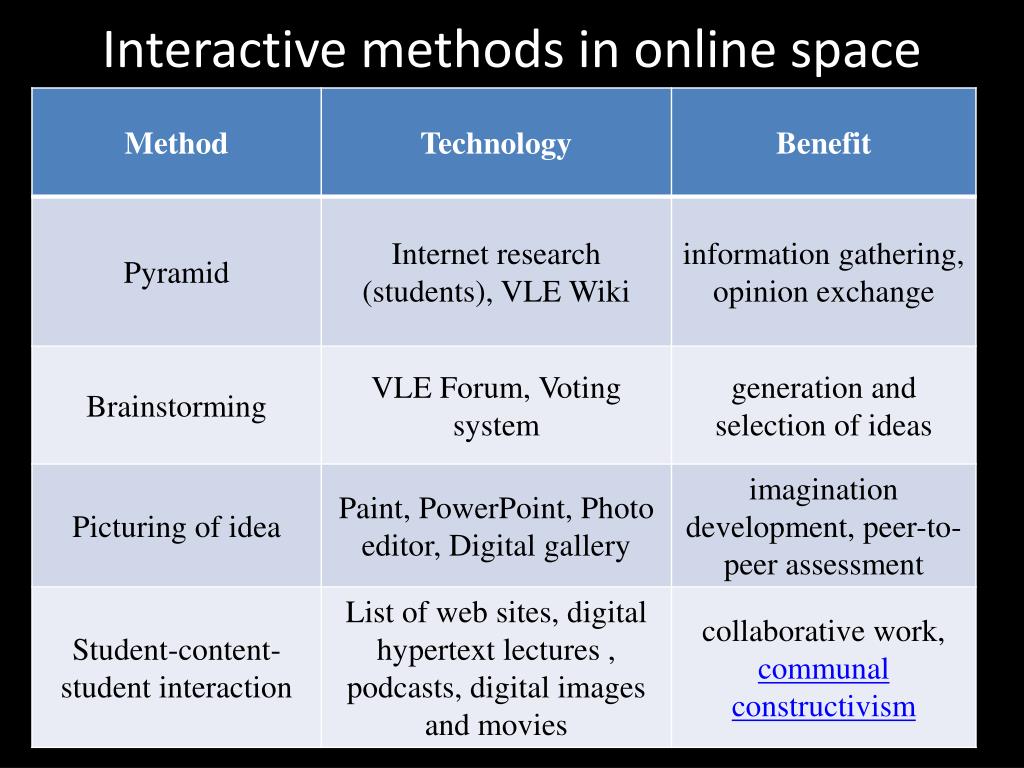 1 m or more high, ensuring the safety of the employee from falling on sites and workplaces;
1 m or more high, ensuring the safety of the employee from falling on sites and workplaces;
b) use of inventory structures of scaffolding, scaffolding, devices and means of scaffolding, use of hoists (towers), construction facade hoists, suspension scaffolds, cradles, machines or mechanisms;
c) use of collective and individual protective equipment.
7. Work with a high risk of an employee falling from a height, as well as work at height without the use of scaffolding, performed at a height of 5 m or more; work performed at sites at a distance of less than 2 m from unprotected (in the absence of protective fences) differences in height of more than 5 m or with a fence height of less than 1.1 m, are performed on the instructions of the employer for the performance of work with the issuance of a work order issued on a special form - admission to work (hereinafter referred to as work permit) (the recommended sample is provided in Appendix No. 2 to the Rules).
8.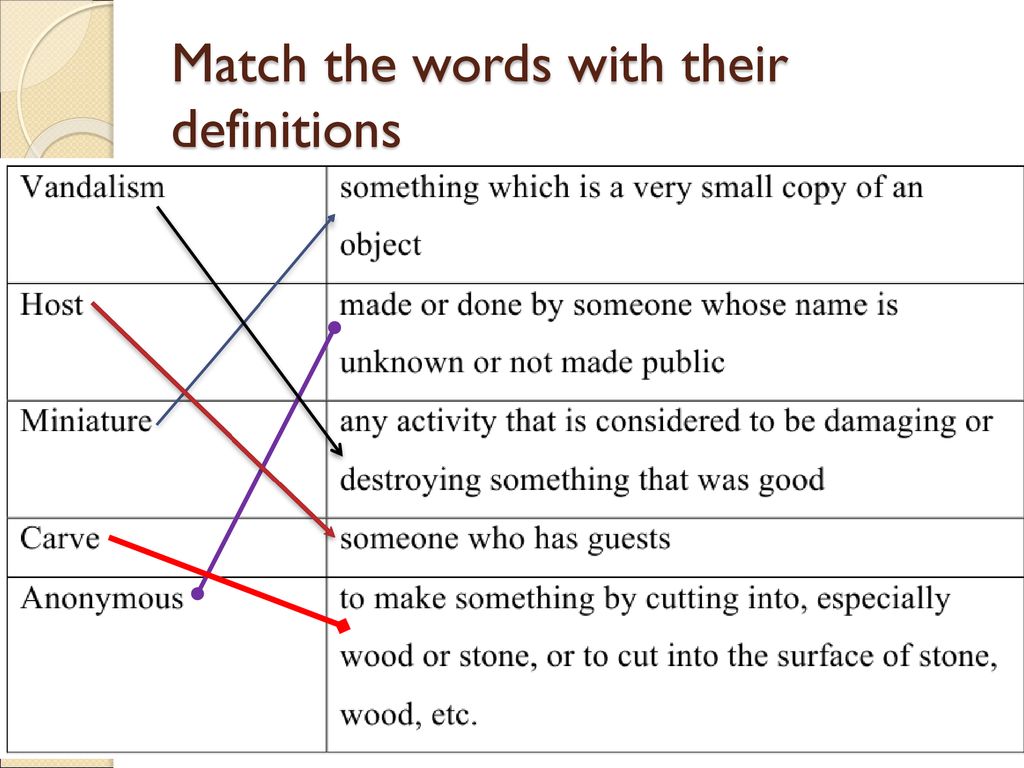 Work at height, for which the employer's measures to ensure the safety of the employee ensure an acceptable minimum risk of his falling, including those specified in subparagraphs "a" and "b" of paragraph 6, as well as periodically repeated work at height, specified in paragraph 7, and which are an integral part of the current technological process, characterized by the constancy of the place, conditions and nature of work, the use of collective protective equipment, a certain and constant composition of qualified performers, in accordance with the employer's current OSMS, can be carried out without issuing a work permit.
Work at height, for which the employer's measures to ensure the safety of the employee ensure an acceptable minimum risk of his falling, including those specified in subparagraphs "a" and "b" of paragraph 6, as well as periodically repeated work at height, specified in paragraph 7, and which are an integral part of the current technological process, characterized by the constancy of the place, conditions and nature of work, the use of collective protective equipment, a certain and constant composition of qualified performers, in accordance with the employer's current OSMS, can be carried out without issuing a work permit.
Safety measures during the performance of the specified works must be set out in flow charts, labor protection instructions or production instructions, taking into account the requirements of these Rules.
9. It is allowed to conduct workflow in the field of labor protection in electronic form using an electronic signature or any other method that allows identifying the identity of an employee, in accordance with the legislation of the Russian Federation.
 2)
2) 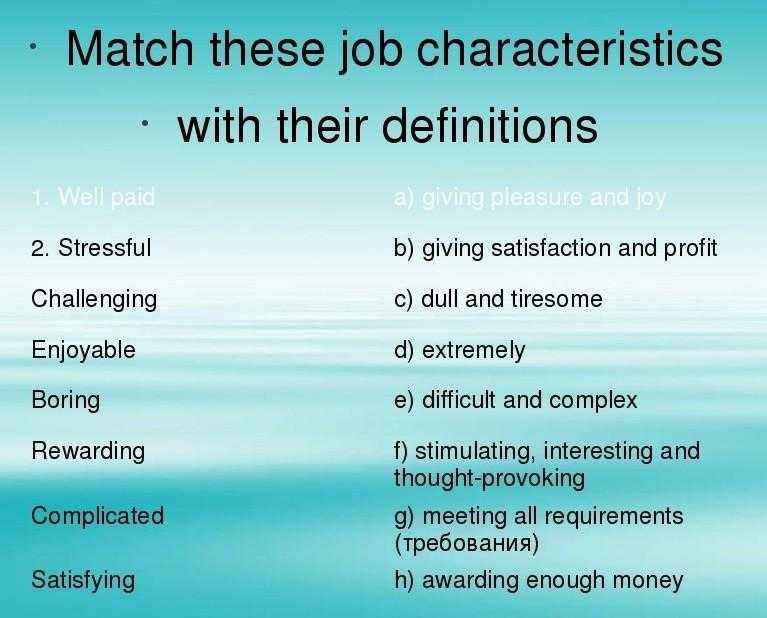 5)
5) 
